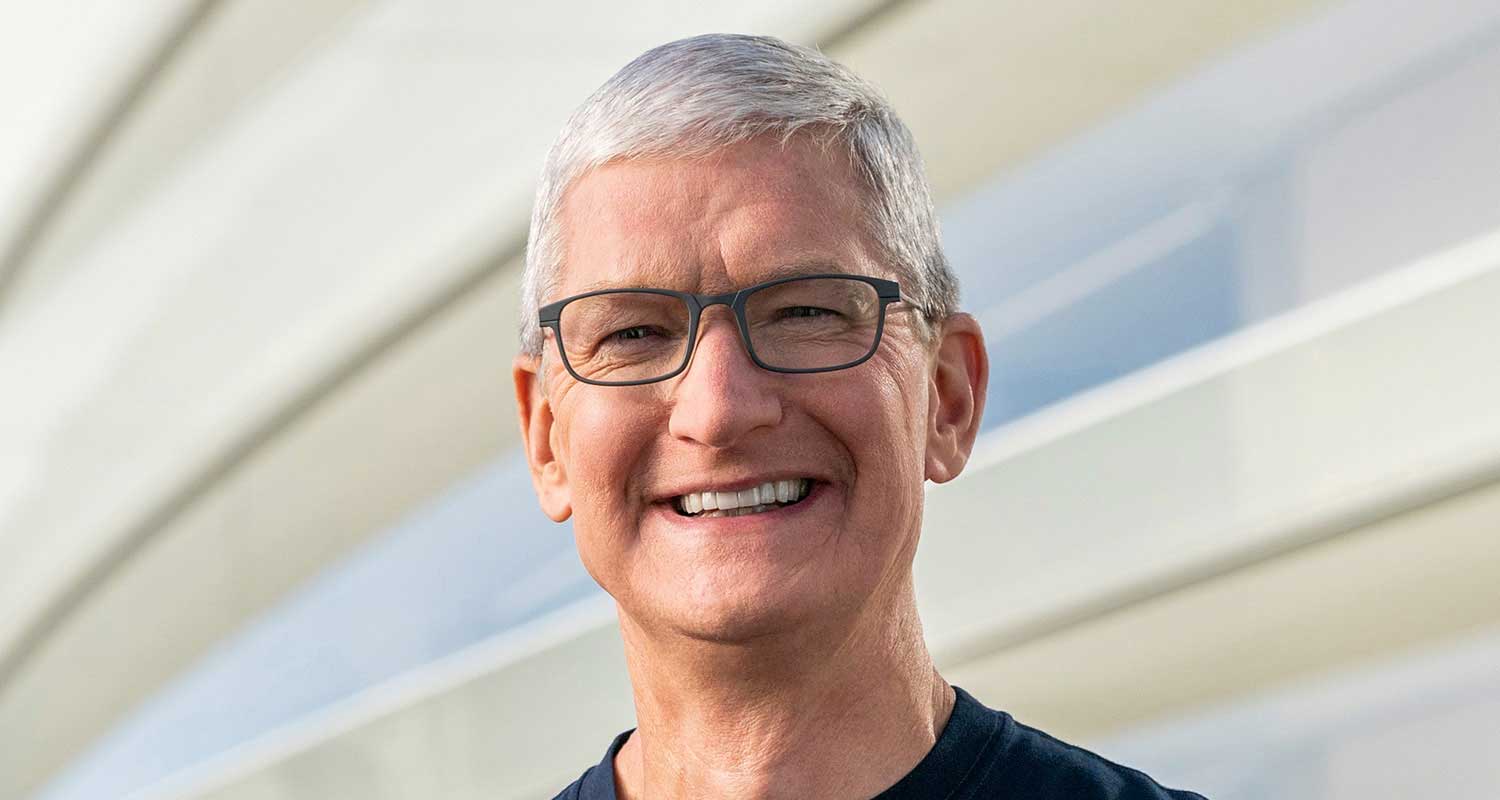 As Microsoft, Google and — now — Amazon.com blaze ahead in the race to deploy advanced chatbots like ChatGPT, one rival remains nowhere to be seen. Apple may be biding its time for the technology to mature, as it often does, yet waiting too long could also put the iPhone maker in a position where it’s hard to catch up.
As Microsoft, Google and — now — Amazon.com blaze ahead in the race to deploy advanced chatbots like ChatGPT, one rival remains nowhere to be seen. Apple may be biding its time for the technology to mature, as it often does, yet waiting too long could also put the iPhone maker in a position where it’s hard to catch up.
AI is not new to the Cupertino-based company. Its Siri voice assistant, using speech recognition and machine learning to understand a request and execute a solution, was released 12 years ago. It also bought music recognition app Shazam and personalised magazine creator Texture, both of which were incorporated into Apple’s ecosystem. CEO Tim Cook told investors in February that AI would be a “major focus” for Apple and cited ways the company was already using it for features like crash detection on the Apple Watch and iPhone.
But the large-language model technology that powers OpenAI’s ChatGPT is different to what Apple offers today. We asked both Siri and ChatGPT to provide a recipe for chocolate cupcakes.
Siri’s response was lacklustre and pedestrian: “Here’s what I found on the web,” it said, providing three links from a Google search.
ChatGPT was positively enthusiastic: “Certainly! Here’s a recipe for delicious chocolate cupcakes.” The detailed reply was complete with ingredients, portions and methods.
Siri’s responses sound so limited by comparison because it is powered by a command and control system, which is programmed to recognise certain queries like, “What time is it?” ChatGPT sounds more humanlike because it’s powered by a large language model, which is trained to generate text based on huge datasets scraped from the web.
November’s release of ChatGPT set off alarm bells both at Microsoft and Google, sparking a race to bring their own competing versions to market. Microsoft licensed GPT-3, the language model that powers ChatGPT, while Google introduced Bard. Meta Platforms stepped into the fray with a chatbot model called LLaMA in February. Amazon this month launched a service called Bedrock.
Behind the scenes
It’s very possible Apple is quietly working behind the scenes on its own entry. A more likely scenario: the company is focused on its upcoming virtual and augmented reality products, which it is expected to launch in June with a long-awaited headset that could cost US$3 000.
Apple in the last six months seems to have avoided jumping into the ChatGPT race by continuing to hire specialists in vision recognition instead of large-language model technology, according to estimates by analytics firm Glass.ai, which recently scanned the LinkedIn profiles of newly hired AI researchers at large technology firms. Vision recognition is an AI field where computers identify images, and that expertise would dovetail more with Apple’s work on a mixed-reality headset. Apple did not respond to a request for comment.
Apple’s own ethos also makes a foray into building large language models more challenging. Executives led by Cook constantly bang their own drum about privacy and security, while tightening Apple’s own ecosystem to limit the flow of personal data. Yet the language models that power ChatGPT vacuum up vast amounts of information, often from opaque sources, in order to mimic what a human might create. This approach is anathema to Apple’s more conservative approach to data collation and usage.
Apple has fallen behind other large technology companies in hiring artificial intelligence researchers over the last eight years, while a series of high-ranking departures more recently may also hamper its AI efforts. Last year, the company lost its director of machine learning, renowned AI researcher Ian Goodfellow, after he was rankled by the company’s return to office policy. Apple’s seeming unwillingness to be more flexible and retain Goodfellow hinted at the time that it didn’t prioritise its AI efforts as much as it should have.
More recently Apple also lost Michael Abbott, its head of head of cloud computing, a critical division for building and deploying AI services; he was the second top lieutenant to services chief chief Eddy Cue to leave this year.

If Apple does go down the path of generative AI, the umbrella term that refers to computer systems that can generate text, images and sounds, it’s more likely the company will do so in the realm of visual and audio content, perhaps by offering AI systems modelled off a customer’s own photos or self-created music. That would tie into Apple’s historic strengths in building tech used by creative professionals, and for consuming content like music and movies. This may not be as compelling as churning out recipes upon request, but fits into the strategy of Apple devices being a gateway to information and entertainment rather being the specific source of them.
Apple has a history of coming late to new fields and then improving on what others have pioneered. Its iPhone did that to the Blackberry, and AirPods to wireless earphones. But those were also efforts in hardware, turf where Apple is most comfortable. Launching popular online services is a very different ballgame and one where Apple has also historically struggled; see Apple Maps, iTunes Ping and Apple’s early difficulties launching its cloud business.
One reason for that is the company’s centralised and designer-led culture around product development. Creating large-scale online services that can go to market quickly calls for a more decentralised, engineering-driven culture like Google’s. While the search giant was caught on the back foot by ChatGPT, it has rolled out its competing chatbot Bard at remarkable speed.
Apple’s apparent focus on visual AI may end up being a lucrative bet if its mixed-reality headset takes off, but its lack of an AI army, upheaval among software executives and its previous stumbles with Siri make that narrow approach seem riskier than ever. — Tim Culpan and Parmy Olson, (c) 2023 Bloomberg LP




